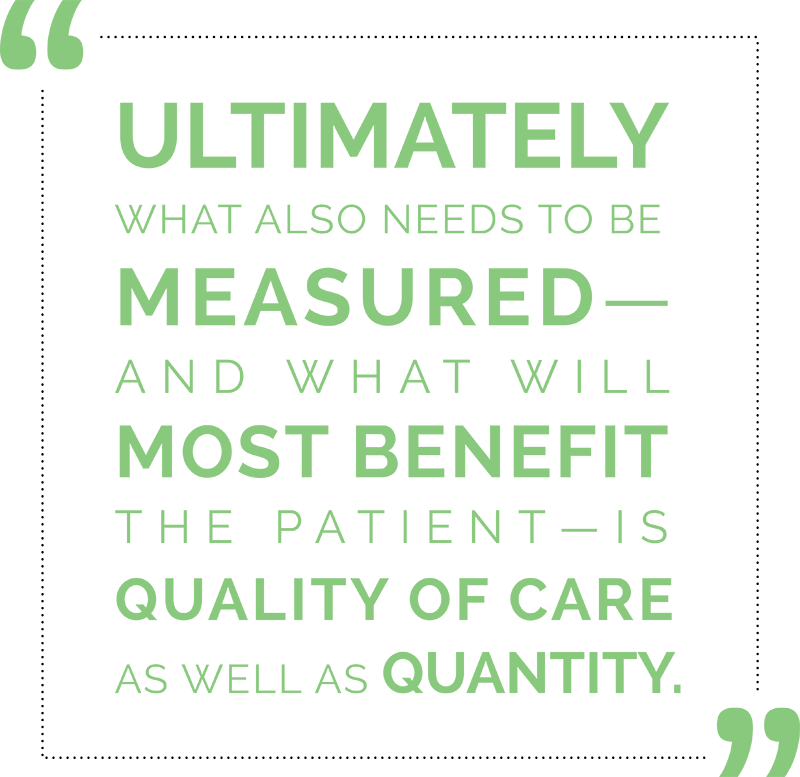By Cliff James, VP of Product Management, Healthesystems.
In the consumer marketplace, customer experience is king. Online retailer Amazon is an example of a company that has long excelled in their ability to adapt and innovate in ways that optimize the shopping experience for their customers. And this begins with a data-driven understanding of what’s working vs. what isn’t. One must accurately and continuously measure what the customer is experiencing to guide continued improvement and innovation.
The healthcare industry is catching up with this mindset, as an increased emphasis on value leads to more measures being placed around quality. The Centers for Medicare and Medicaid Services (CMS) Hospital Compare website is one such example. The website, which is designed to help members make important decisions about where they receive care, provides hospital ratings based on more than 60 data measures related to institutional mortality, readmission rates, timeliness of care, patient experience, and other measures.
There are many opportunities within healthcare, and workers’ compensation specifically, to apply this element of quality measurement and analysis. Physical medicine represents a significant opportunity due to its highly outcomes-focused nature. The goal of physical medicine services – which include chiropractic, physical, and occupational therapies – is to improve function.
When we talk to payers about their goals for enhancing their physical medicine management strategies, two important factors rise to the top. First, they want to ensure that the injured worker is receiving optimal treatment. In other words, they want to know a patient benefits from the care they receive in a way that best facilitates recovery and helps move the claim forward in a positive direction. And payers also want to know that the program can be incorporated with ease into their claims and medical management workflow. Both of these goals ultimately can be equated to a positive customer experience for both the patient and claims operation. So measuring and monitoring those experiences becomes critical to assessing the success of their physical medicine program.
We know that monitoring utilization is an important component of managing the costs associated with physical medicine services. But ultimately what also needs to be measured – and what will most benefit the patient – is quality of care as well as quantity. Here’s where applying a more comprehensive use of clinical criteria and their corresponding data can help. An environment where this information exists would go a long way in helping to make decisions about physical medicine services that significantly impact the health of the patient and of a claim.
Healthesystems has identified within our physical medicine program many new and exciting opportunities to gain insight into how the injured worker is responding to their therapy. One way we’re doing this is by providing an enhanced yardstick for measuring treatment effectiveness – one that includes added measures around functional improvement and patient participation that provide qualitative insight.
Having access to these clinical data can change how we make decisions about therapy in the injured worker by bringing to light new and more comprehensive information. From a payer perspective, this information is invaluable to the ongoing assessment of physical medicine’s role in a patient’s recovery and whether it’s bringing clinical value or not. But this model also allows providers of physical medicine services to highlight the clinical value they bring to the table, because they now have tangible outcomes measures by which to report their success.
Ultimately we all benefit from having and sharing this information. The injured worker regains function, the employer gets their employee back on the job, the payer sees a reduction in medical costs, and the care provider is rewarded for the value they deliver.

 About
AboutCliff James, Healthesystems VP of Product Management, Commercial Development, discusses how more comprehensive clinical data can provide insight into how an injured worker is responding to physical medicine services, such as occupational or physical therapies.
